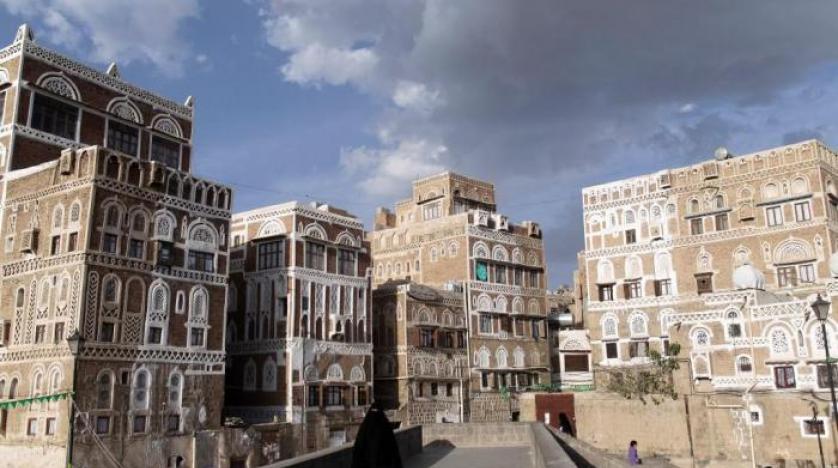The coverage rate of all humanitarian programs combined is sufficient to cover the entire Yemeni people, a recent World Bank report revealed, basing its conclusion on data released by the International Organization for Migration.
According to the study, some families are not receiving aid due to a lack of coordination.
Entitled “Social Protection and Jobs,” the World Bank study discussed social protection between humanitarian and development work based on Yemen’s experience.
The study said that exclusion could be reduced significantly by improving inter-agency coordination and by aligning the values of joint transfers according to the requirements of geographic targeting and target families.
It suggested that many families are receiving benefits from more than one program and that several may not be receiving any aid at all.
The size of duplication of beneficiaries in programs cannot be estimated without a representative survey, the study explained, recommending the setting up of detailed household or integrated recipient databases.
Published on Saturday, the study revealed that the percentage of families receiving aid is concentrated in the governorates of Marib, Hajjah, and Lahj.
By phone, 20%-30% of the participants surveyed through a vulnerability analysis by the World Food Program (WFP) reported not receiving any aid in 2020.
While the study showed that only 2.4% of the population reported receiving emergency food aid in 2014, the WFP’s in-kind food aid program alone covered around 26% percent of the Yemenis.
At least 1.39 million families received humanitarian relief from the WFP in 2020.








































admin in: How the Muslim Brotherhood betrayed Saudi Arabia?
Great article with insight ...
https://www.viagrapascherfr.com/achat-sildenafil-pfizer-tarif/ in: Cross-region cooperation between anti-terrorism agencies needed
Hello there, just became aware of your blog through Google, and found ...